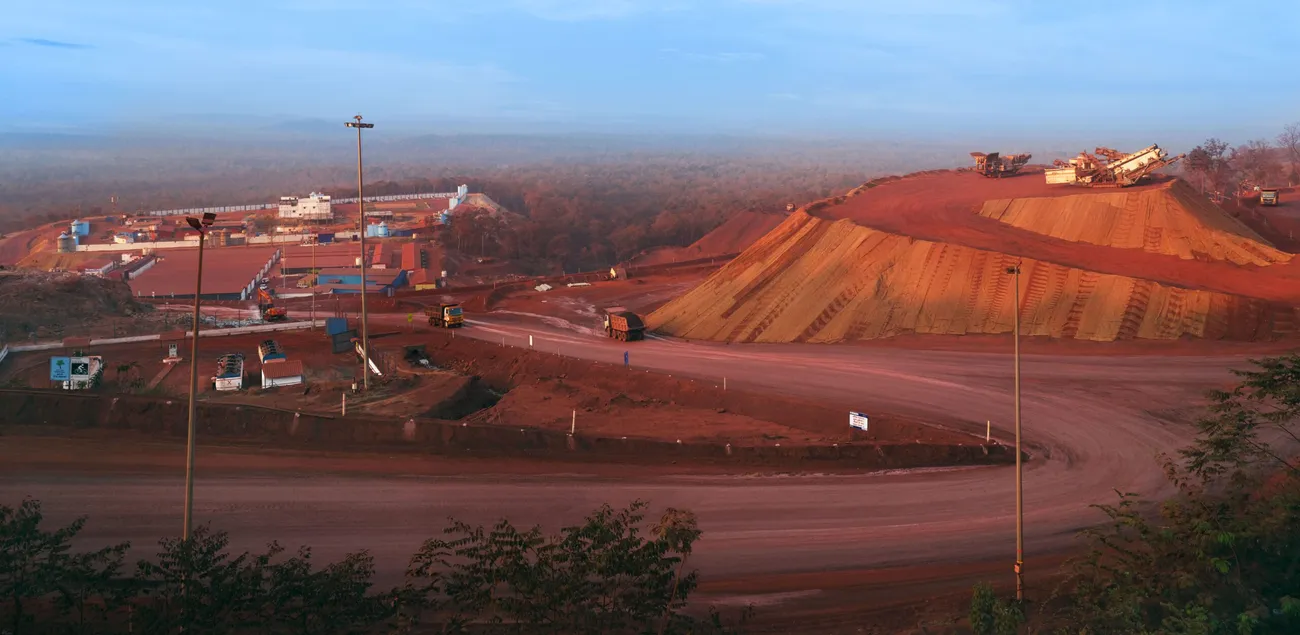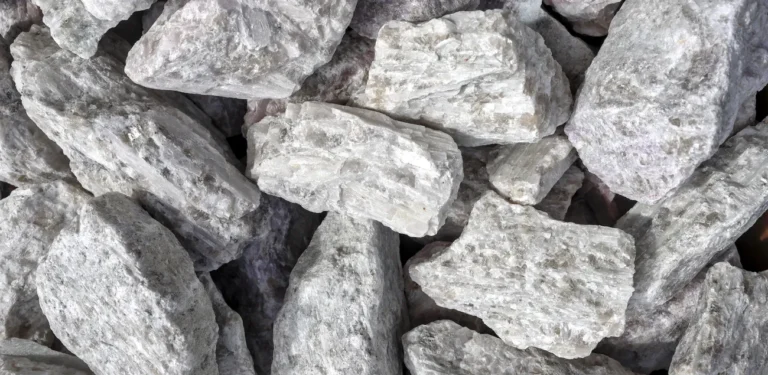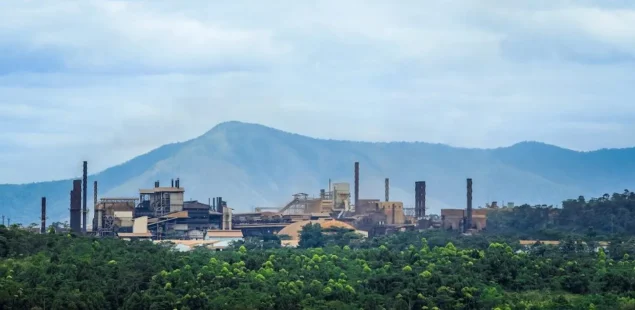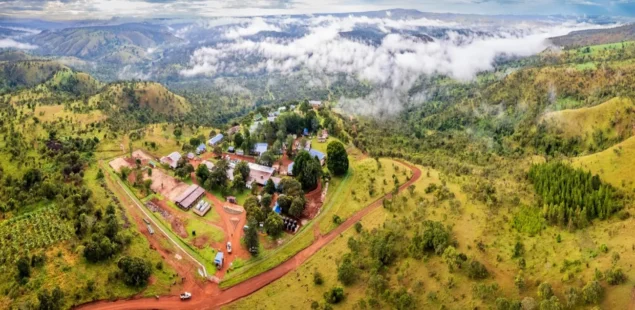
Hindustan Copper, India’s only integrated copper mining company, has launched an expansion program to increase its ore production capacity from 3.75 million tonnes per annum to 12.2 MTPA by fiscal year 2030. The state-owned enterprise plans to invest Rs 2,000 crore ($238 million) over the next five years through internal funding to scale operations across its three mining complexes in Madhya Pradesh, Jharkhand, and Rajasthan.
The company’s flagship Malanjkhand Copper Project in Madhya Pradesh will receive the largest share of investment at Rs 1,300 crore ($155 million), with capacity expansion from 2.75 MTPA to 5 MTPA by 2030. This mine currently accounts for approximately 80 percent of Hindustan Copper’s total ore production and has successfully transitioned from open-cast to underground operations.
Malanjkhand Mine Leads Expansion Drive
The Malanjkhand project represents the centerpiece of Hindustan Copper’s growth strategy, with the company implementing a phased capacity increase over six years. Production targets include reaching 2.75 MTPA in fiscal 2026, followed by incremental increases to 2.85 MTPA in 2027, 3.0 MTPA in 2028, 3.3 MTPA in 2029, and 3.5 MTPA in 2030, before achieving the final milestone of 5.0 MTPA by 2031.
The expansion includes installation of underground mining infrastructure, a paste-fill plant for safe mining operations, and a new concentrator facility for ore processing. Approximately 50 percent of the underground mining development work has been completed, with the company having already invested Rs 600 crore ($71 million) in the project.
Technology Partnership with Chile’s Codelco
Hindustan Copper has entered into a memorandum of understanding with Chile’s state-owned Codelco to improve copper extraction efficiency and beneficiation processes. The partnership aims to increase copper concentrate grades from the current 26-27 percent to 28 percent or higher through advanced processing technologies.
The collaboration addresses the challenge of India’s copper ore characteristics, which typically contain lower grades compared to global standards. Hindustan Copper’s current resources and reserves total 755.32 million tonnes of ore containing 0.95 percent copper, equivalent to approximately 7.18 million tonnes of contained copper metal.
Multi-Site Development Strategy
Beyond Malanjkhand, Hindustan Copper is reviving operations at its Kendadih and Rakha mines in Jharkhand through a public-private partnership model. The Kendadih mine will begin with 0.22 MTPA capacity, scaling to 0.45 MTPA, while Rakha is expected to reach 3 MTPA at full operation. Both facilities are transitioning from open-cast to underground mining with projected operational lives exceeding 50 years.
The company’s Khetri Copper Complex in Rajasthan will see capacity expansion from 1.0 MTPA to 3.0 MTPA as part of the overall development program. These projects collectively support India’s goal of reducing copper import dependence as domestic demand is projected to double from 1.3 million tonnes in 2023-24 to 2.6 million tonnes by 2030.
Exploration Focus and International Expansion
Hindustan Copper has increased its exploration budget from Rs 10 crore ($1.2 million) to Rs 60 crore ($7.1 million) annually following criticism in the 2024 Comptroller and Auditor General report for not conducting greenfield exploration in over three decades. The enhanced exploration efforts have resulted in 123 million tonnes of additional copper ore reserves and resources over the past two years.
The company has secured five copper exploration blocks in Argentina’s Catamarca province through its joint venture KABIL, formed with NALCO and Mineral Exploration Company. Preliminary exploration has been completed, with detailed geological reports expected shortly to guide further development activities.
Market Position and Domestic Focus
Despite expansion plans, Hindustan Copper maintains a domestic-focused sales strategy, preferring to supply concentrates to Indian customers including Hindalco and Adani Group’s Kutch copper plant rather than pursuing export markets. This approach ensures faster cash flow compared to international sales, which typically involve longer payment cycles.
The company reported record revenue of Rs 2,071 crore ($247 million) and profit before tax of Rs 634 crore ($76 million) in fiscal 2025, reflecting strong operational performance. Hindustan Copper controls access to approximately 45 percent of India’s copper ore reserves and resources, positioning it as a critical player in the country’s mineral security strategy.
Company Background and Market Context
Hindustan Copper operates as India’s only vertically integrated copper producer, managing mining, smelting, and refining operations across five states. The company holds all operating copper mining leases in India and maintains facilities in Rajasthan, Jharkhand, Madhya Pradesh, Maharashtra, and Gujarat. With reserves of 411.53 million tonnes and resources of 623.31 million tonnes, the company serves as the backbone of India’s domestic copper supply chain.
The expansion program aligns with India’s growing copper requirements driven by renewable energy infrastructure, electric vehicle manufacturing, and data center development. Rising demand from artificial intelligence applications and cooling systems has created additional market opportunities beyond traditional sectors like railways and transmission lines.
Copper prices have remained supportive of expansion investments, with the metal trading as an essential component in India’s energy transition and infrastructure development programs. The domestic market’s growth trajectory supports Hindustan Copper’s strategy of focusing on local supply rather than export-oriented production, ensuring stable demand for the expanded capacity through 2030.



